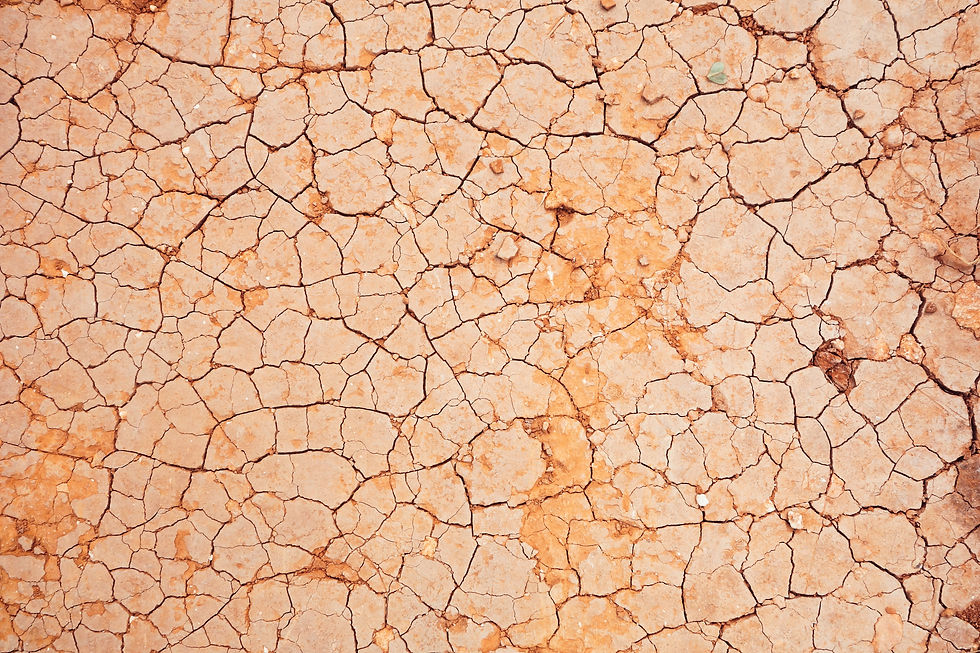Can a new fishway save imperiled sockeye salmon migrating up the Fraser river?
- brittneyborowiec
- Aug 23, 2021
- 2 min read
By: Charlotte Nelson, University of British Columbia

At the end of 2020 the federal government announced a budget of $176 million to install a permanent fishway around the 5 m waterfall caused by the landslide. The permanent fishway is designed as a submerged rocky pathway that curves around the canyon wall. It should allow fish to escape the high flow rates near the centre of the river and migrate past the new waterfall. Although the project is not expected to be completed for another year, this year’s salmon run will provide a vital test of the structure’s potential.
Both 2019 and 2020 set records for the worst Fraser sockeye salmon returns ever recorded. Rising water temperatures and pressure from overfishing have already decimated Pacific salmon stocks, but there is little doubt that the Big Bar landslide was also an important factor at play.
Hopes are high that with the new permanent fishway returns will be greater this season.
Salmon counts indicate that small numbers of fish are already beginning this year’s migration. A radio signal receiver detects tagged animals 40 kilometres upstream. This provides an estimate of how many fish have been able to pass the landslide site and allows scientists to measure the effectiveness of the new fishway. As the season progresses more fish are expected to arrive.
While there is reason to be optimistic, we do not yet know if the permanent fishway will actually be an effective solution.
Site reports indicate that the fishway only functions at low water levels; just last month some equipment had to be removed from the site due to anticipated high flow rates. Is a system that relies on stable water levels really the best permanent solution? Especially in the wake of increased frequency of extreme events due to the global climate crisis, this may not be an effective way to maintain upstream migration.
An additional issue is whether this solution will serve all species of salmon migrating up the Fraser river. While chinook and sockeye may be strong enough to make it even in high flow rates, concerns remain surrounding whether the smaller and slower pink salmon will be able to accomplish the trip on their own. If not, we may still need to rely on manually moving these fish above the slide site; an expensive, disruptive and onerous process.
A final concern is that the new fishway is being constructed directly underneath the slide site, apparently in the way of potential future slides. While rock scaling has been conducted to assess and stabilise the cliff, construction in the direct fall zone is a risky bet. As extreme weather events become increasingly common, as well as British Columbia’s position on the ring of fire, it doesn’t take an overactive imagination to see the potential for further landslide activity.
As more fish arrive, daily monitoring will help us better understand the efficacy of the permanent fishway. While it will not be fully completed in time for this year’s salmon runs, this season will provide a vital test of the structure’s potential. Hopes are high, but it is impossible to say yet if this work will be enough to save the rapidly dwindling Fraser river salmon stocks.
Edited by participants of the 2021 Science Writing Internship program and B.G. Borowiec. Header photo from Wikimedia Commons.



Comments